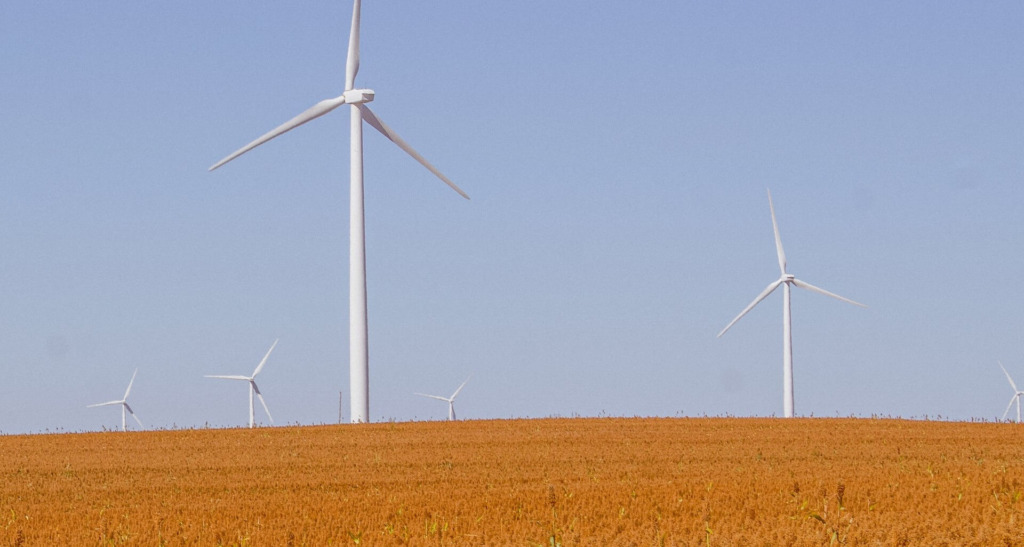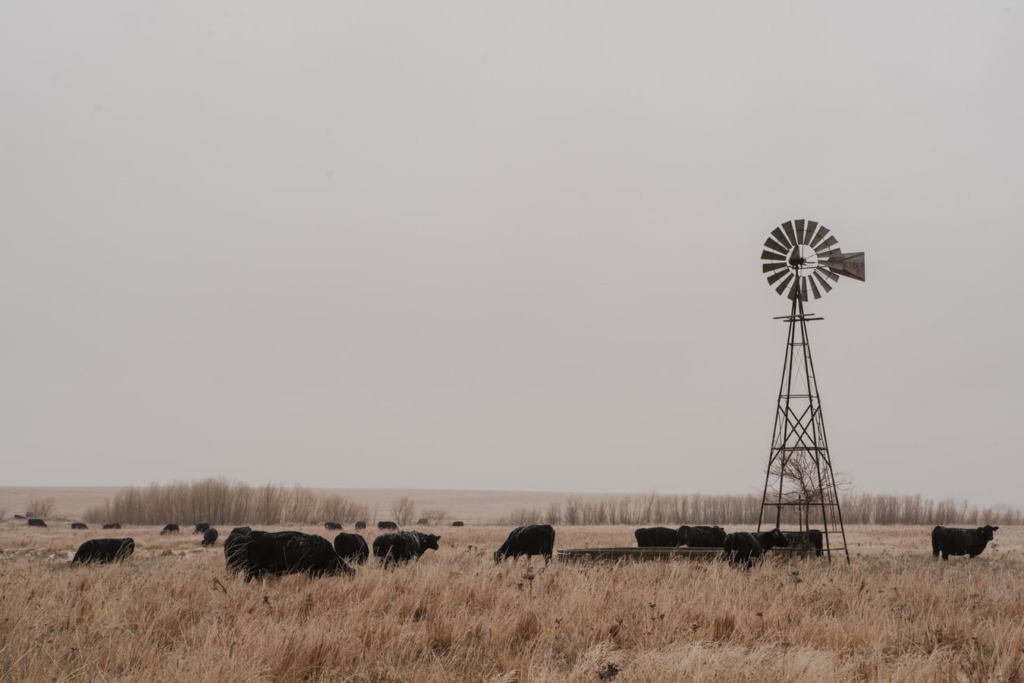Kansas
There is more to Kansas than just farmlands. Although Kansas makes pretty scenic farmlands too, Kansas actually has plenty of historic and nature parks going around. It even has time-traveling museums, Boot Hill, where you get to experience the Wild West in the 1800s. A trip to Kansas, right into the literal center of the country, would surely make for a great getaway trip.
Geography
Known most notably for being a largely agricultural state, this state features far more geographic diversity than just farmlands. The state of Kansas is located right in the center of the United States. Landlocked by Nebraska to the north, Missouri on its east, Oklahoma to its south, and Colorado to its west. It generally is located on a flat or undulating surface of the United States known as the great central plain. Its eastern parts, however, happen to be blessed with gorgeous hills and rippling forests.
This is why it is a common misconception or myth that Kansas is the flattest state in the country. Kansas’ topography actually varies quite high, with its maximum topographic relief at 3,360ft. This makes it not even close to the flattest state in the United States. Kansas is actually the 23rd flattest state so it is pretty average in terms of height, depth, and flatness.
Kansas is the 15th largest state in the country and its vastness mostly consists of great plains, waters, and some hills. It is divided into 105 counties with 628 cities all sprawling all over it. So yes, Kansas is definitely a lot more than just farmlands and occasional towns.
History
Before the Spanish and a series of other European colonizers arrived, Kansas was already occupied by Native Americans. Namely the Caddo tribes and the Wichita people who stayed largely throughout the continent’s great plains. The Spanish were the first people to arrive, led by conquistador Francisco Vázquez de Coronado in 1541.
For a little less than 50 years, Kansas would be integrated into what was then known as the Spanish Louisiana. In 1803, the United States would acquire Kansas as part of the infamous Louisiana Purchase, but it would not be admitted as a state until 1861.
Weather
Kansas’ climate is often divided and categorized into three. Namely: humid continental, semi-arid steppe, and humid subtropical. About two-thirds of the state is consistently humid continental though which means hot, humid summers and cool to cold winters. Precipitation is pretty generous too, all throughout summer and spring.
Of course, for the remaining parts of Kansas, the climate is often either very hot and very cold. Pack your clothes accordingly.
Tourism
Kansas has an impressive number of national parks and historic sites. Kansas especially has a lot of historical trails. To name a few there’s the Fort Larned National Historic Site in Larned, Fort Scott National Historic Site, and Brown v Board Education National Historic Site. It does have some pretty awesome nature parks too like the Tallgrass Prairie National Preserve, Kanopolis State Park, Monument Rocks, and Botanica Wichita Gardens.
Just be sure to check out their latest pandemic guidelines and remember to keep safe.
Key information about Kansas
📍 Area: 213,100km2
👥 Population: 2,913,314
🏛️ Capital: Topeka
🏢 Major cities: Wichita, Overland Park, Kansas City, Olathe
🔢 Number of counties: 105
📋 Postal Abbreviation: KS
📖 Primary language/s: English, Spanish
📌 Nearby states: Nebraska, Missouri, Colorado, Oklahoma


